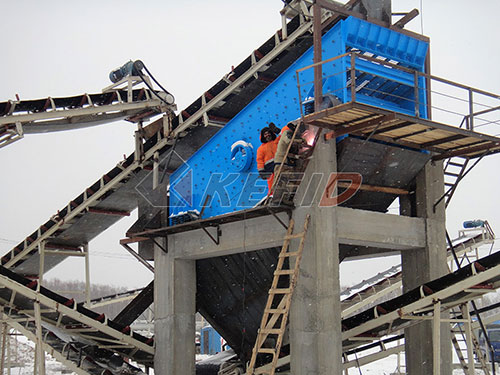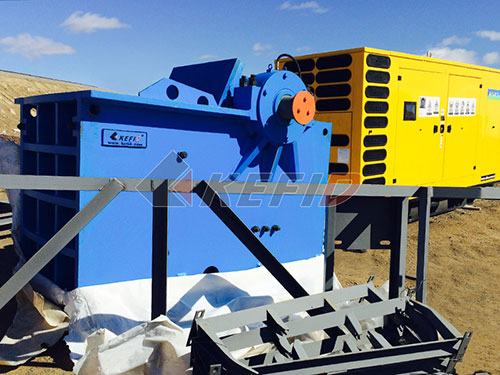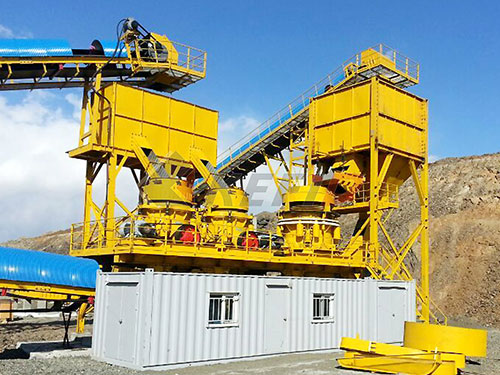Can Manual Hammer Mill Can Crush Charcoal
How to Crush Charcoal Effectively with a Manual Hammer Mill

The quest for efficient, small-scale charcoal processing often leads to the question: Can a manual hammer mill effectively crush charcoal? The answer is a definitive yes. While less powerful than motorized alternatives, a well-designed manual hammer mill is perfectly capable of transforming lump charcoal into valuable powder or smaller, consistent pieces suitable for various applications.
Understanding the Mechanism: Why It Works
Charcoal possesses inherent properties that make it amenable to manual hammer milling:
1. Brittleness: Unlike tough woods or fibrous materials, charcoal is relatively brittle due to its carbonized structure. This means it fractures easily under impact rather than bending or deforming.
2. Low Density: Compared to minerals or metals, charcoal has a low density. This reduces the force required to break it apart significantly.
3. Impact Crushing Principle: Manual hammer mills rely on blunt force trauma. Rotating hammers (or flails) strike the material fed into the grinding chamber repeatedly against a hardened screen or plate. Charcoal's brittleness allows these impacts to shatter it effectively.

Factors for Successful Manual Hammer Milling of Charcoal
Achieving optimal results requires attention to several factors:
1. Feedstock Preparation:
Initial Size: Start with reasonably sized lumps (ideally 3-5 cm / 1-2 inches). Extremely large chunks may require pre-breaking.
Moisture Content: Crucially, charcoal must be completely dry. Any residual moisture makes it tougher and more likely to gum up the mill's screen and internal components, drastically reducing efficiency and causing blockages. Ensure thorough drying before milling.
Foreign Objects: Rigorously remove stones, metal fragments, or uncharred wood pieces that could damage the hammers or screen.
2. Mill Design & Settings:
Screen Size: This is paramount for determining the final particle size. Screens with smaller holes (e.g., 1/8", 1/4", 3/8") produce finer powder; larger holes yield coarser grits. Choose based on your end-use requirements (briquette making needs fine powder; biochar soil amendment might use coarser grit).
Hammer Type & Condition: Blunt hammers are ideal for brittle materials like charcoal as they deliver shattering blows rather than cutting. Ensure hammers are in good


